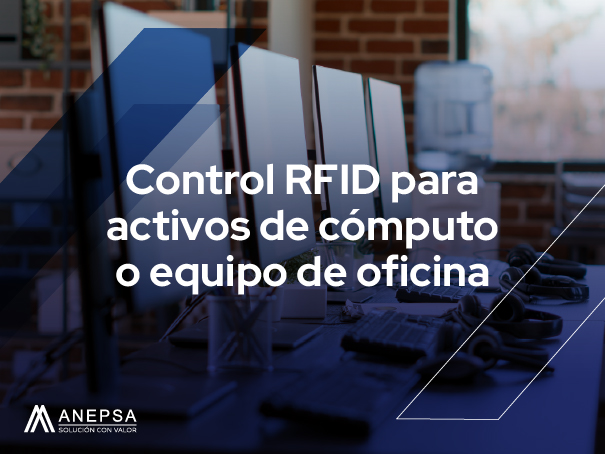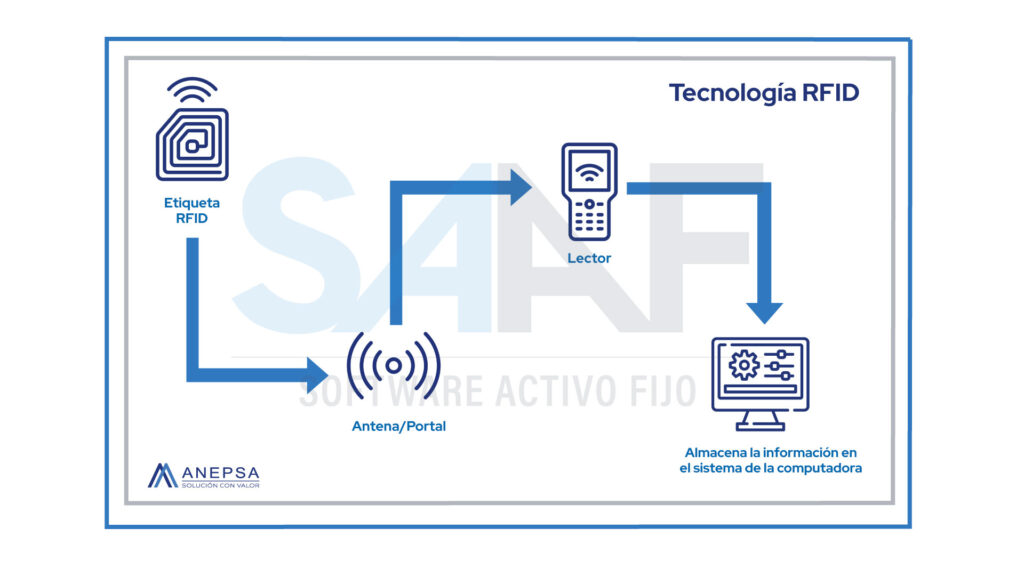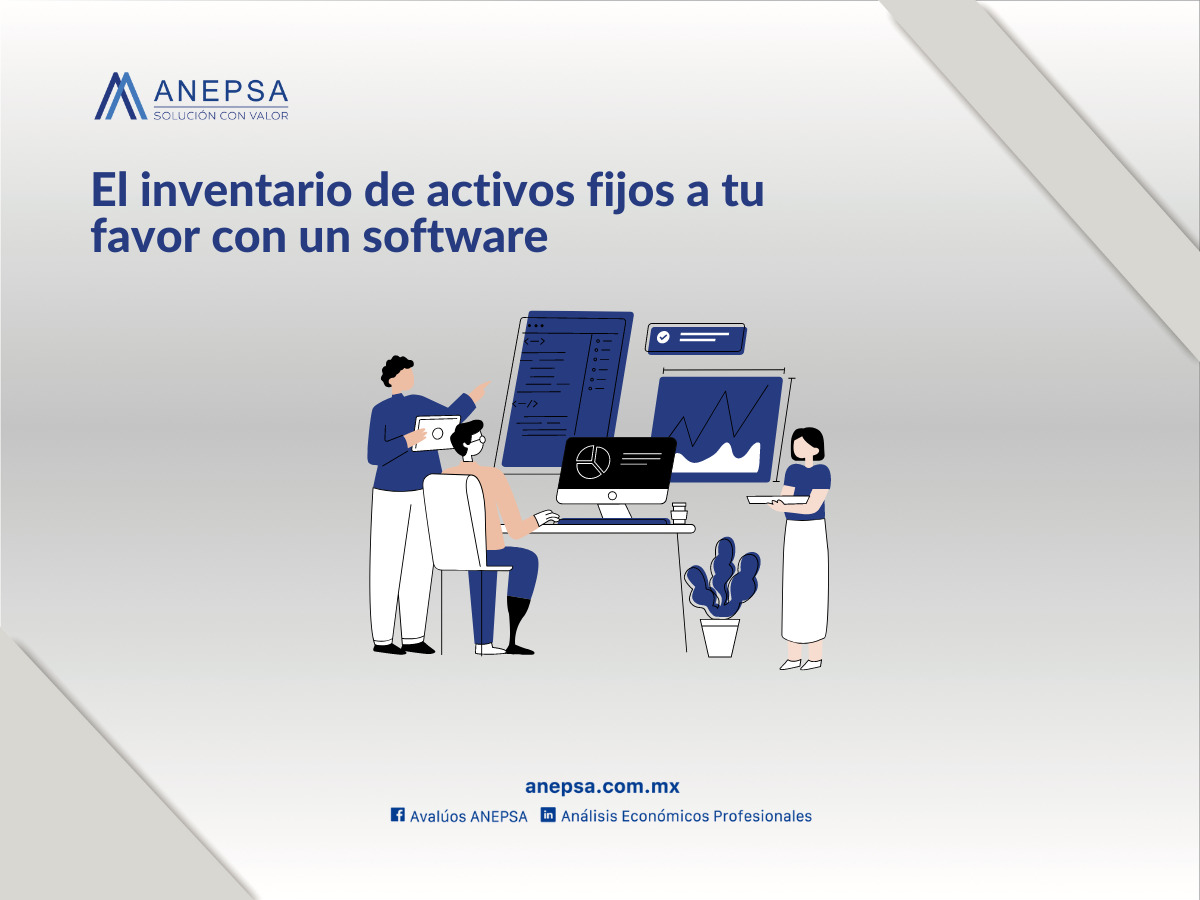RFID control for computing assets or office equipment

content structure
What are computing components and office equipment?
A computing asset is a tangible or intangible component that is part of the technological infrastructure of an organization or individual, and that contributes to its operations and computing processes, this may include hardware such as computers, servers, network devices and peripherals, as well as software, licenses and operating systems, as well as covering virtual resources, such as; databases, applications and cloud services, computing assets are essential for the efficient operation of computer systems, and their proper management involves the planning, acquisition, maintenance and eventual disposal of these resources, considering factors such as security, optimization of resources and the technological life cycle, the effective management of computing assets is crucial to ensure the continuity of operations and maximize the return on investment in technology.
An office team refers to a collection of devices and tools used in a work environment to carry out administrative and professional tasks, these elements range from computer equipment such as desktop computers, laptops and printers, to furniture such as desks, chairs and filing cabinets, in addition, can include communication devices such as telephones, faxes and scanners, as well as office supplies such as paper, pens and filing materials, office equipment plays a critical role in the efficiency and productivity of a work environment, providing the tools necessary to carry carry out administrative, communicative and creative functions in an effective and organized manner, their proper selection and maintenance are essential to ensure an effective and comfortable work environment for employees.
What is RFID control?
RFID control, or Radio Frequency Identification, is a wireless technology system that uses tags or cards equipped with chips and antennas to transmit data to a reader through radio waves. These tags, also known as “tags” or transponders, store information that can be read or written using a RFID reader, this system provides an effective and contactless way to track and manage objects, products or even people and is widely used in various applications, such as inventory control, access to facilities, security and logistics systems, among others, RFID technology has revolutionized the way assets are tracked and controlled in different sectors, offering advantages such as process automation, greater precision and efficiency in data management.
How to apply RFID control for computing assets or office equipment?
The implementation of RFID control for computing assets or office equipment involves following a series of key steps and considerations.
Here is a guide to apply this system:
1. Identification of assets and RFID tagging:
Assign each asset (computers, printers, devices, furniture, etc.) a unique RFID tag that contains relevant information, such as serial number, location, date of acquisition, among other relevant data.
2. Installation of readers and antennas:
Place RFID readers and antennas at strategic points, such as office entrances and exits or storage areas, to ensure effective coverage.
3. Management software configuration:
Implement specialized software that allows you to register and manage assets identified with RFID, since this software must be able to read and process the information on the tags.
4. Registration of assets in the database:
Enter the information of the assets and their RFID tags into the management software database, this database will serve as the central repository to monitor and manage the assets.
5. Asset Allocation and Tracking:
Assign assets to specific employees or departments and record this information in the database, allowing accurate tracking of who is responsible for each asset.
6. Periodic audits and updates:
Conduct regular audits to ensure assets are where they should be and in good condition; if there are changes, update the information in the database.
7. Process automation:
Use RFID technology to automate tasks such as inventories, equipment loans or access control to certain areas.
8. Integration with other systems:
If necessary, integrate the RFID control system with other asset management systems or office administration tools for more efficient operation.
9. Training and awareness:
Providing training to employees on how to use and respect the RFID control system fosters a culture of responsibility and care of assets.
10. System maintenance and update: Perform regular maintenance of RFID readers and antennas, as well as updates to the management software to ensure their correct operation.

Implementing an RFID monitoring system for computing assets and office equipment can significantly improve the efficiency, security, and management of these resources in a work environment.
Contact an advisor Anepsa for more information about RFID tags.



